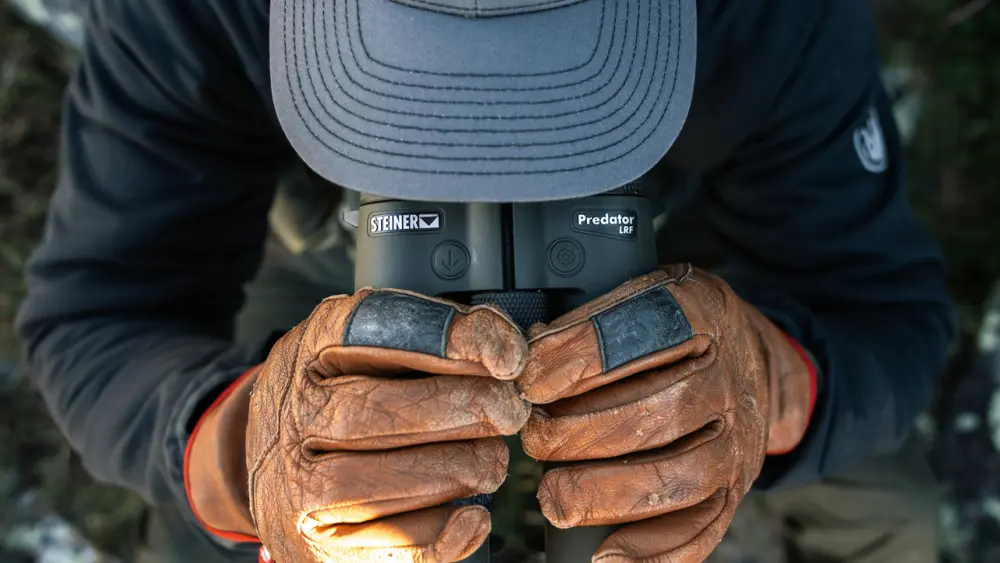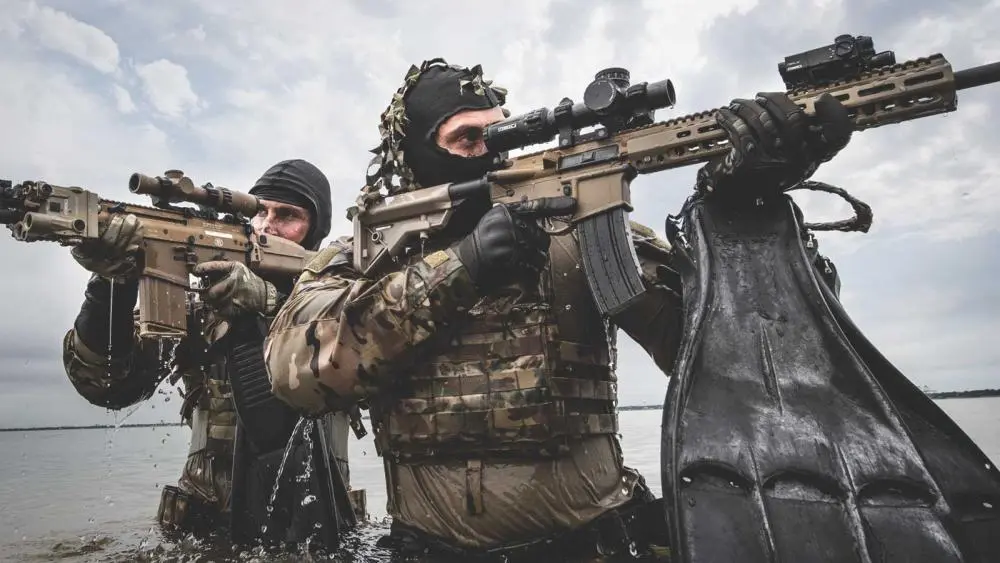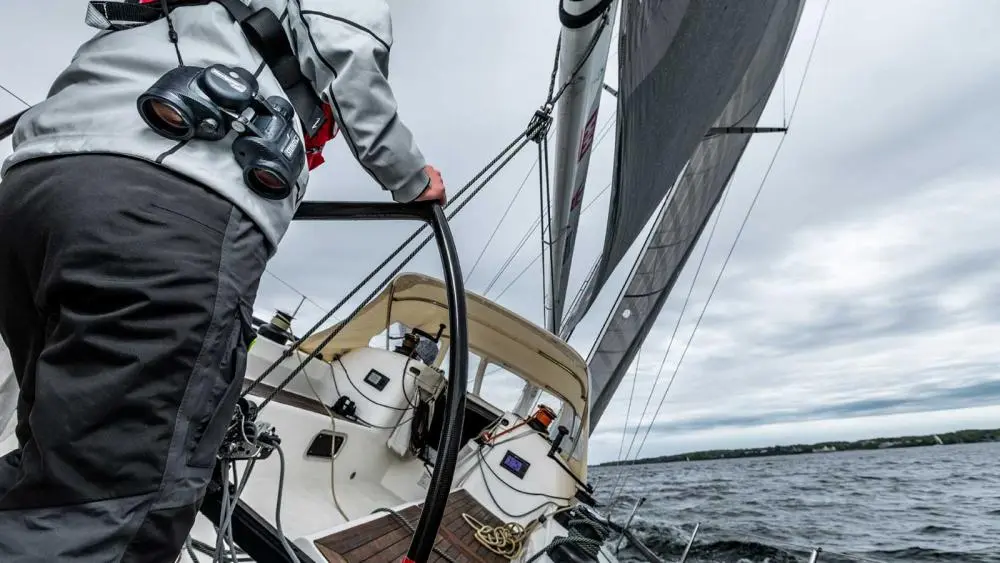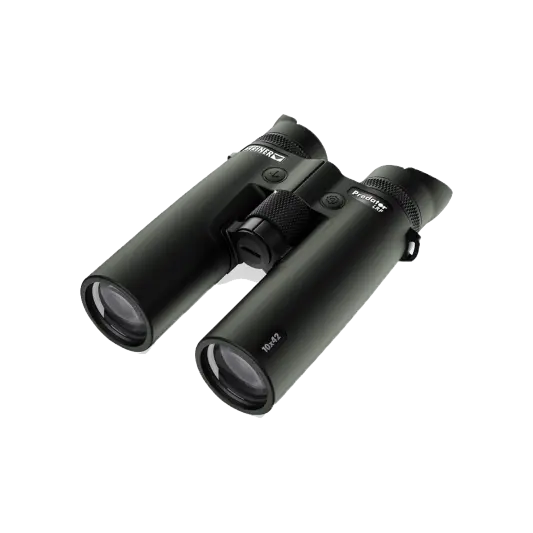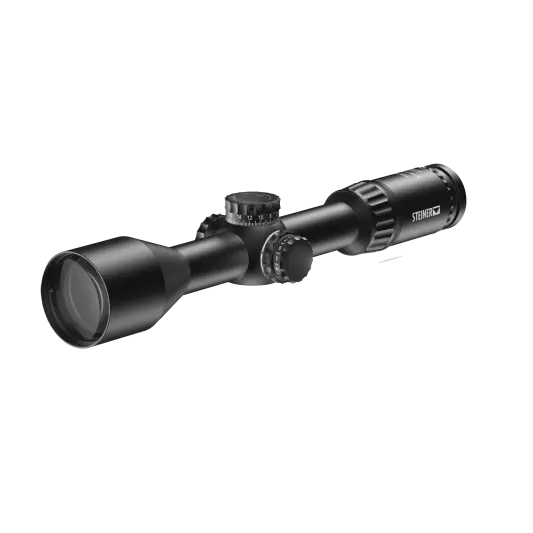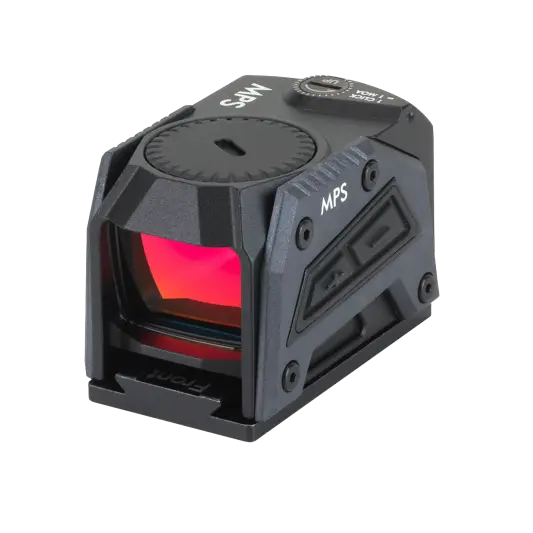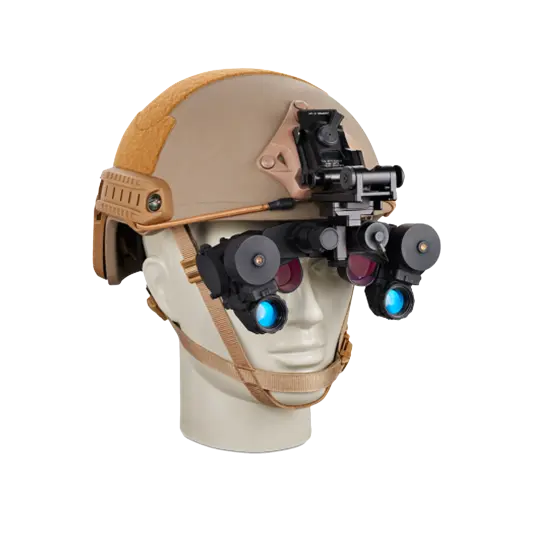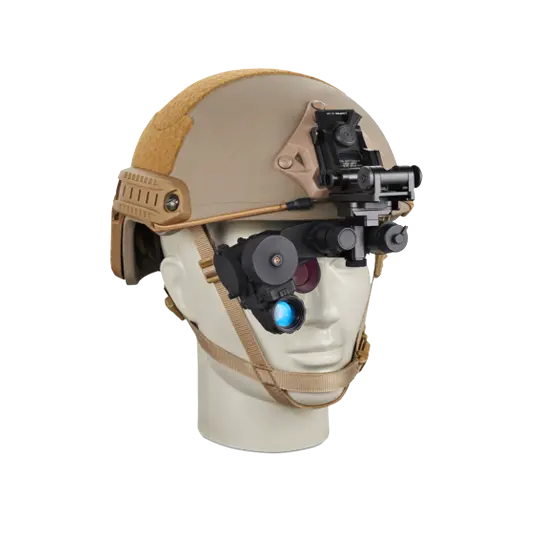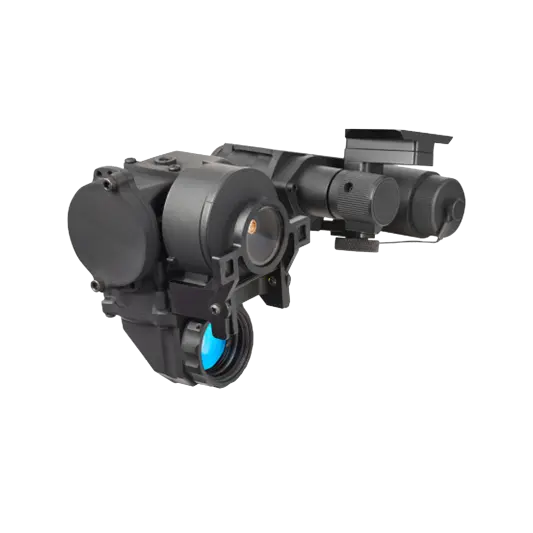FAQs
We have provided answers to some of common questions people have about Steiner binoculars, riflescopes, laser devices and battle lights below. Click a question to display the answer.
- Why are Commanders more expensive than the Navigators?
- Why are Nighthunters more expensive than Predators?
- What is the difference between the Safari and the Safari Ultra Sharp/ Predator Pro and Predator XTREME?
- What is the difference between a Porro and Roof Prism?
- What batteries go into each optic?
- Where do Steiner binoculars come from?
- What is a diopter?
- What is the difference between Sports-Auto-Focus and Center focus?
- What zone binocular should I buy?
- Both sides are clear but when I look through both it’s fuzzy or feels cross eyed.
- Where do I send my binoculars for repair?
- What is the turnaround time for repairing my binoculars?
- Is Steiner improving the armor so it doesn’t soften and wear away?
- Which laser is right for my firearm?
- What if my rifle or shotgun doesn’t have NATO/Picatinny rail?
- My pistol has a rail but it doesn’t look like a NATO/Picatinny rail?
- Do your lasers work on large caliber rifles like the .50 Cal. BMG?
- Do you offer a green laser?
- What are the advantages offered by the green laser?
- Are there any disadvantages to selecting the green laser for my product?
- What is the Danger Label on my laser?
- Can I buy a high-power 50mW laser for personal use?
- Can I buy a Laser and send it to my buddy overseas?
- What kind of batteries will I need for my laser?
- Can I use a Lithium AA (L92) battery with Steiner products that use an AA battery?
- I found a laser on the Internet that looks like one of your lasers, but is being shipped from China. Where do you manufacture your laser aiming devices?
- I can’t see my laser point on the target at 100 meters. How can I sight in my laser?
- Will I need to make a permanent modification to my firearm to install one of your lasers?
- Can I use an aiming laser for hunting?
- Do laser sights offer any advantage over the standard open sight mounted on my pistol?
- Will an aiming laser make me a better shot?
- Could laser aiming devices deter a potentially violent assailant?
- What are the advantages of an LED Light?
- Which mount should I select for mounting your light to my rifle?
The Commander Series binoculars are built to a military specification. If you live on the water or make your living on the water, the Commanders are built to last. They also have better seals for greater protection again moisture, enhanced lens coatings that transmit more light and Steiner Nano Protection, a coating on the external lens surface that makes water, dust and oil slide off the lens for a clear view.
If you are a recreational boater, sailor or angler, the Navigator will give you all the performance you need.
The Nighthunter binoculars offer the best German glass available today. They were originally designed for night hunting in Europe, so they are designed to transmit all available light to your eye.
The Predator binoculars have their own special lens coatings that make it easier to spot game in leafy environments. This game-revealing CAT™ Color Adjusted Transmission coating is the perfect choice for anyone who's after game: turkey hunters, bow hunters, black powder enthusiasts, anyone who hunts the early season or in heavy cover where prey likes to hide.
While Safari and Safari UltraSharp are similar in design and appearance, the Safari UltraSharp represents a newer generation with enhanced features and better lens coating. The Safari Sports-Auto-Focus-Plus™ hybrid system lets you see objects as close as six feet, so it's a great entry level binocular for birding and wildlife observation.
Porro and roof prisms are two different types of lens systems and each has its advantages. With Porro prism binoculars, the eyepiece and objective lenses are offset. This means the light must follow a Z shaped path to reach your eye. Although slightly larger than roof prism binocular, porro prism binos are extremely rugged and easier to make waterproof. Because the objective lenses are offset, they offer a 3-D view with better separation of targets at a distance. In addition, with Steiner's Sport-Auto-Focus, you only have to focus the binos to your eyes for everything from 20 yards to infinity to be in focus. True one-handed operation.
Roof prism designs transmit the light or image to your eye in a straight path. For this reason, they are more compact. They also feature a center focus knob that can be easily adjusted for sharp focus. They are pretty rugged and durable, but harder to make waterproof to any significant depth.
The only optics that need batteries are those equipped with illuminated compass, illuminated reticle, or a laser rangefinder. Here is list of those optics and the batteries required:
8x30 Nighthunter LRF - CR 2
7x30c Navigator - CR 1225
7x50c Navigator – 350 5V
7x30c Commander – CR 1225
7x50c Commander XP – 350 5v
7x50 Commander Global - 350 5v
7x50cr Commander Military - 350 1.5v
Commander V - CR344/350
Commander Digital (old model) CR1/3N
M50 LRF Military 10x50 - CR 123A
M30r Military 8x30r LRF – CR 2
Military/Tactical Scopes – CR 2450
Navigator II - CR1/3N<
Navigator Pro (old Model) – CR1/3N
Nighthunter Xtreme Scopes – CR 2032
Both riflescopes and binoculars have a diopter on the eyepiece which let you fine tune the focus of the optic to your eyes. On Steiner porro prism binoculars, you use the diopters to set the focus to your eyes. Then everything from 20 yards to infinity will be in sharp.
The Sports-Auto-Focus™ system lets you focus each eyepiece to your vision. Once they are set for your eyes, images from 20 yards to infinity will always be in sharp focus to infinity – no more chasing focus on moving targets.
Center focus is found on roof prism binoculars. A center focusing wheel adjusts both lenses at the same time. Steiner's Fast-Close-Focus™ central focusing wheel requires minimal rotation for quick absolute sharpness from close as 6 feet to infinity.
The diopter on a riflescope is used to bring the reticle into sharp focus for better shot placement.
In order to get an accurate compass-heading reading from a compass, the magnetic needle in the compass must be able to move freely inside the compass capsule. The needle must be balanced to make sure it can move freely, without touching and dragging along the top or bottom of the capsule; while consistently and precisely point to a compass-heading.
The compass industry has divided the earth into 5 zones. Your compass is pre-set for the magnetic field in the northern hemisphere (Zone 2). If you sail too far outside of the pre-set zone, the compass needle might stick or not work at all. Many trans-oceanic sailors will take 2 or 3 binoculars with different zones.
Changing compass modules is not a DIY project. You can send your binoculars to our Service Center if you need a different compass zone.
Your binocular has been knocked out of alignment or collimation. Because the two lenses are no longer aligned they are sending slight different images to your eyes, which as make it look fuzzy. If that should happen, it is a simple repair. Just send your binoculars to North American repair center in Greeley, CO.
Most repairs can be done in 4-6 weeks during the busiest time of the year, but most often the turnaround is much quicker.
Early formulations of the rubber armoring would break down after prolonged exposure to oils, sun tan lotions and sun. Our new NBA Long Life rubber armoring is much more durable.
Steiner manufactures a variety of laser aiming devices that will fit most rifles, pistols and shotguns equipped with an accessory rail. Sometimes more than one product will work with a specific model of firearm. In fact, most of Steiner’s products can be attached to a rifle equipped with a NATO/Picatinny Rail.
We offer a number of mounting brackets that can be used to attach lasers or lights to most rifles and shotguns. There are several manufactures that offer NATO/Picatinny Rail mounting solutions for specific firearms. Our lasers can be easily mounted on their products.
We see two primary standards of rails on most pistols. Some pistol manufacturers use a non-standard rail that has a single cross bar slot that is a little narrower than the NATO/Picatinny standard rail. Other pistol manufacturers offer a standard NATO/Picatinny style rail. Steiner products can be configured to fit either of the two standards. Please contact one of our Customer Service representatives if you have any questions about which of our products will fit your pistol.
Yes, our lasers have been used on .50 Caliber BMG rifles and M249 machine guns. We have tested our products on a variety of calibers from 5.56 to 50 Caliber We are confident that our products will operate reliably on all military, law enforcement and commercially available firearms.
Yes, Steiner offers a green (532nm) laser for many of its aiming products.
In bright daylight conditions, the green laser is roughly five times more visible than the standard red (635nm) laser. This is because the human eye is more sensitive to green wavelength light. Our tests indicate that when a red laser and green laser are projected side by side the green laser appears brighter and is more visible at a longer distance.
This improved visibility in bright sunlight makes the green laser the preferred choice for daytime use. At night, indoors and in low light conditions both the red and the green lasers offer excellent visibility and range.
The primary disadvantage of using a green laser is that the Green laser offers a shorter battery life due the increased power required to produce the green laser light. The shorter battery life is most apparent in applications where the laser is turned on continuously and used until the battery dies. Most operators, who use the laser intermittently for the few seconds needed to acquire the target and fire a round, probably won’t notice a significant decrease in the battery life. The other disadvantage of green lasers is their operational temperature range. Green lasers do not operate well below -5° C / 23° F.
Lasers are regulated by the U.S. Food and Drug Administration, Center for Devices and Radiological Health. The FDA has determined that even low power lasers, like most laser pointers, may pose an optical hazard if used incorrectly. Steiner includes the necessary safety features in the aiming lasers it sells, and has labeled its products to notify customers of the known hazards.
No, FDA regulations do not allow the sale of high-powered systems or Class IIIb lasers for personal use.
No, Steiner’s lasers require a U.S. export license prior to export. The export license applies whether you are hand carrying the laser or sending it to an APO address overseas. Export of most of Steiner’s visible laser products are regulated by the U.S. Department of Commerce, Bureau of Industry and Security under the Export Administration Regulations (EAR). Infrared lasers and some of our high-powered visible lasers are regulated by the U.S. Department of State under the International Traffic in Arms Regulations (ITAR). Significant criminal and civil penalties may be imposed if you are caught exporting one of these products without the appropriate license.
Steiner uses commercially available batteries to power all of its products. Most of our lasers aiming devices use either a 3-Volt lithium CR123A battery, or a 1.5-volt AA battery. Many of our products are available with dual battery capability that allows operators to use either a 3-volt CR 123A or a 1.5-volt AA battery. We recommend the use of high quality batteries.
Yes, the lithium AA (L92) batteries will work with any Steiner product that is powered by an AA alkaline battery. The AA lithium battery offers almost twice the life of a standard AA alkaline battery.
Steiner assembles all products in its production facility located in Monterey, California. Many of our products have inspired laser pointer makers in China to develop cheap copycat products. Many of the copycat products do not meet U.S. FDA safety requirements and have a very low standard of quality. The majority of the copycat products will not survive the recoil of a real firearm.
Steiner uses the brightest, visible lasers allowed by law. Our green lasers are visible in bright sunlight to approximately 30 meters. If you want to zero a visible laser at 100 or 200 yards in bright light conditions, you can use one of our Accur-Aim™ targets. The Accur-Aim targets reflect back the laser light and allow the laser to be zeroed in bright sunlight.
No, Steiner's products do not change the original factory configuration of the firearm. This means that you will continue to use the original parts supplied with your firearm. Since Steiner's products do not permanently modify the weapon, your firearm’s factory warranty will not be void by the use of our products.
It depends upon where you live and the hunting rules and regulations in your State and local jurisdiction. Please check with your state regulatory authority.
Laser aiming devices offer a significant increase in shooting effectiveness in night and in low-light environments. While at the range, you may have noticed that as the sun sets, it becomes increasingly difficult for your eye to distinguish the target when looking over an open sight. As the light becomes dimmer, it is more difficult to see the target even though you may still be able to resolve the shape of the target. Laser aiming devices offer unmatched accuracy and shooting effectiveness in a low light environment because they make it easier to focus on a target.
Yes, in a low light environment an aiming laser can make you a better shot. Several years ago, the U.S. military conducted testing using a visible laser aiming device using an M-4 rifle. The tests indicated that laser sights increased aiming accuracy by 15% in low-light environments over the using the M-4 Carbine with just a flashlight.
If a laser aiming device can offer this type of significant improvement in the shooting effectiveness of a highly-trained member of the U.S. military, it should offer similar or even greater shooting effectiveness for the average law enforcement and home defense users operating under similar conditions.
Yes! Several police agencies have reported that laser aiming devices clearly added an additional less-than-lethal force alternative. In moments of tension and high stress, an Officer’s verbal commands to a suspect at gunpoint often go unanswered. These are critical moments when the officer must make split-second, life or death decisions. The visual impact of the red laser dot has assisted officers in quickly gaining compliance.
Law enforcement customers have told us that tense situations were suddenly defused when the good guys decided to deploy an aiming laser. If using an aiming laser will improve the likelihood of ending a standoff, or if it frightens off a potential assailant without a shooting, it is well worth trying.
Steiner’s high intensity LEDs are more efficient than high-pressure xenon filament lamps. In addition, our LEDs are brighter without sacrificing battery life. Steiner LED lights use solid-state technology and are recoil-resistant.
Steiner manufactures a number of different mounting brackets that can be used to attach tactical lights to any NATO/Picatinny rail. Specific mounts may depend on the rifle and the position where you want to mount the light.
